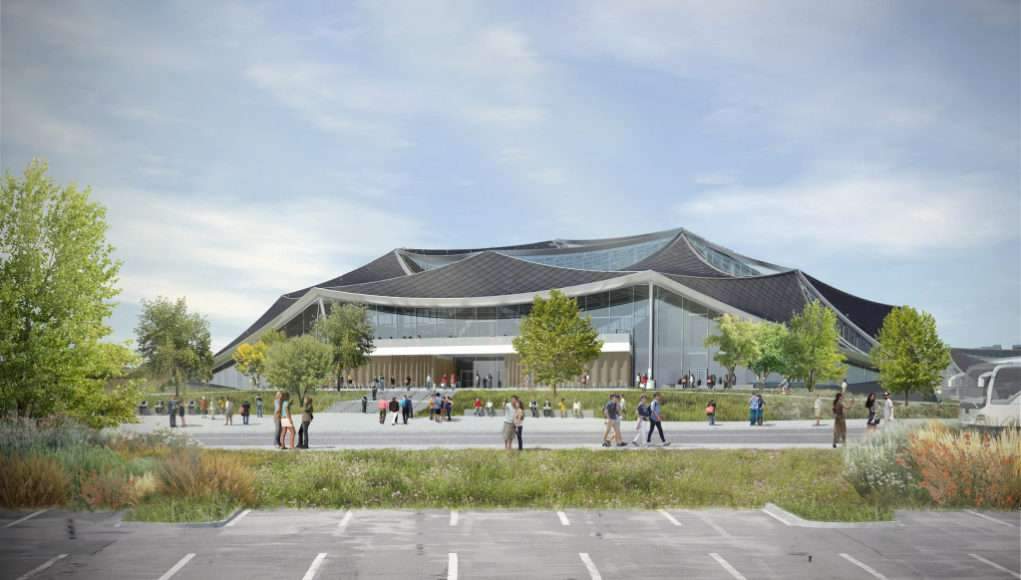Google commits to the ecological development through its new building
Google, like many major technology players, has taken the initiative to develop in an environmentally friendly manner. The web search giant has unveiled new data that sheds more light on achieving its goals.
Google has always contributed to sustainability and sustainable development through the architectural design of the building, and the architectural design of Google’s new building is strongly oriented towards complete sustainability and is part of a broader commitment by Google to combat climate change. In order to achieve its sustainability goals, Google has developed a new metric that shows the precise percentage of cleanliness in the company’s building areas.
The strategic location of the building
The plan would expand the company’s presence in its hometown, where the sprawling Googleplex headquarters are actually located, about 40 miles south of San Francisco. The new site design includes over 1 million square feet of office space, 30,000 square feet of retail and active use space, and up to 1,850 residential units. Google is working with Australian developer Lendlease on the plan.
The announcement comes more than a year after the research giant pledged $ 1 billion to help build a total of 20,000 homes in the region over the next 10 years. The company has promised to reallocate $ 750 million of its land, currently designated for commercial and office space, to build 15,000 residential homes. This includes middle and low income housing.
Google’s New Building: A New Measurement of Carbon Footprint
Google recently released new data to show the evolution of the environmental performance of its new architecture design. The company developed a new metric called CFE%, or Carbon Free Energy Ratio, to track the environmental impact of its data centers. This is the average blend of carbon-free and fossil fuel energy used to power Google’s data centers in each region.
The amount of carbon-free energy used in the mix is proportional to the percentage. In other words, a higher CFE rate indicates a greener region. On the other hand, an area with a lower percentage has more hours in the year requiring fossil fuel based energy.
The calculation of the energy efficiency rate was performed on an hourly basis in the regions where Google operates. It is based on the amount of carbon-free energy produced on the local grid at any given time, as well as that purchased by the search engine giant. Hourly averages have been aggregated for each region and are now available online.
Google is also sharing the carbon intensity of its new architectural design site. This is the average emissions from the local grid when fossil fuels are required. This density varies greatly between networks and provides a better understanding of the sustainability of a given area.
Google: Towards a greener energy strategy
The release of new data on the sustainability of the architectural design of Google’s building is part of its commitment to fighting climate change. Since 2017, the company has linked all of its global energy consumption with solar and wind energy.
This does not mean that the new Google centers are running with renewable energy all the time. Instead, the company will calculate the total electricity consumption of its facilities in a year and buy the same amount from carbon-free sources for the next 12 months.
The U.S. giant has also set a goal of running its infrastructure on carbon-free energy, everywhere and at all times, by 2030. This ambitious goal will require new technologies and strict measurement of technological progress.
For this reason, the Google Cloud team believes that completely “decarbonizing” the power supply for its data centers is the next essential step toward a green future. To achieve this, every area surrounding the new Google Building will be powered by a mixture of zero carbon and low fossil fuel source. However, Google still appears to have ways to go before it hits its 100% green cloud computing process.






